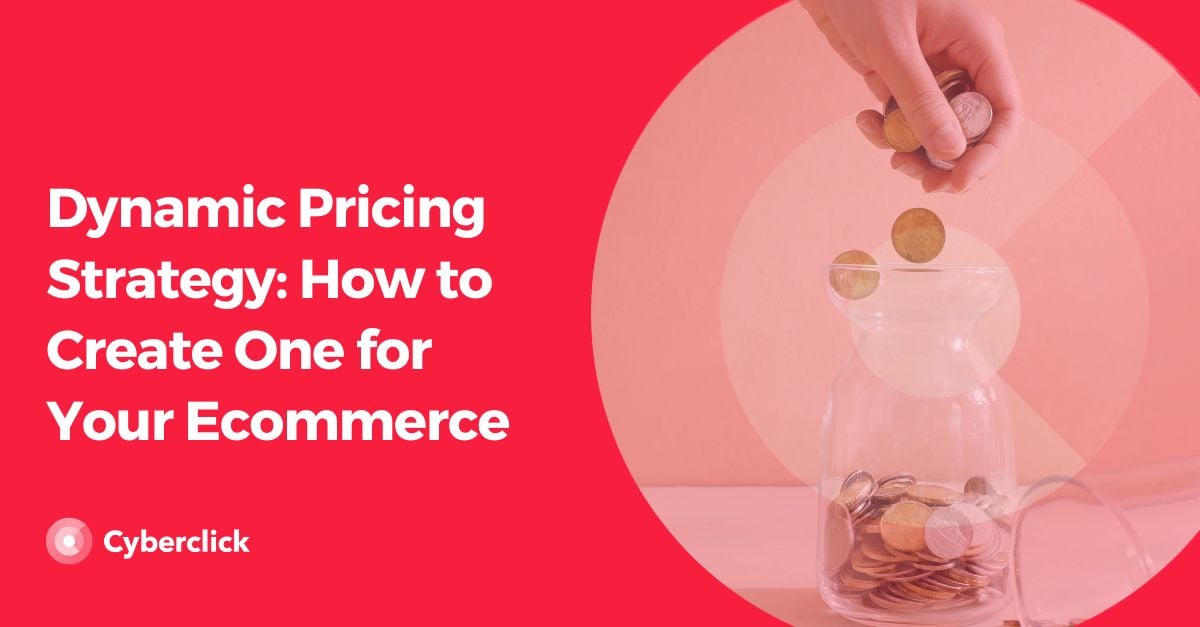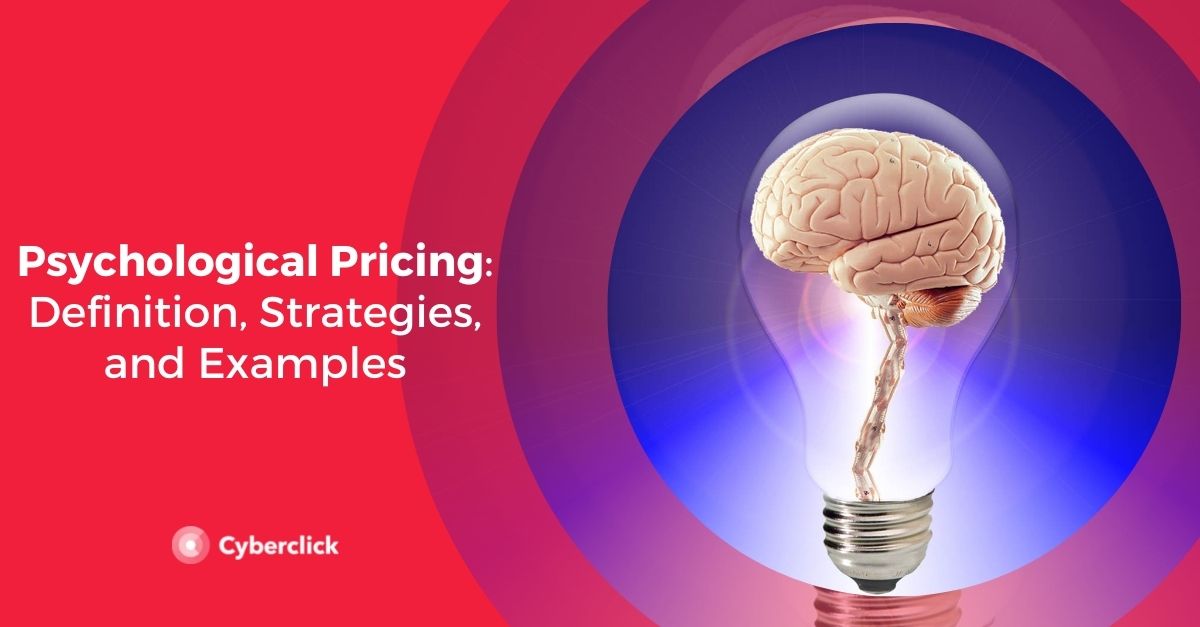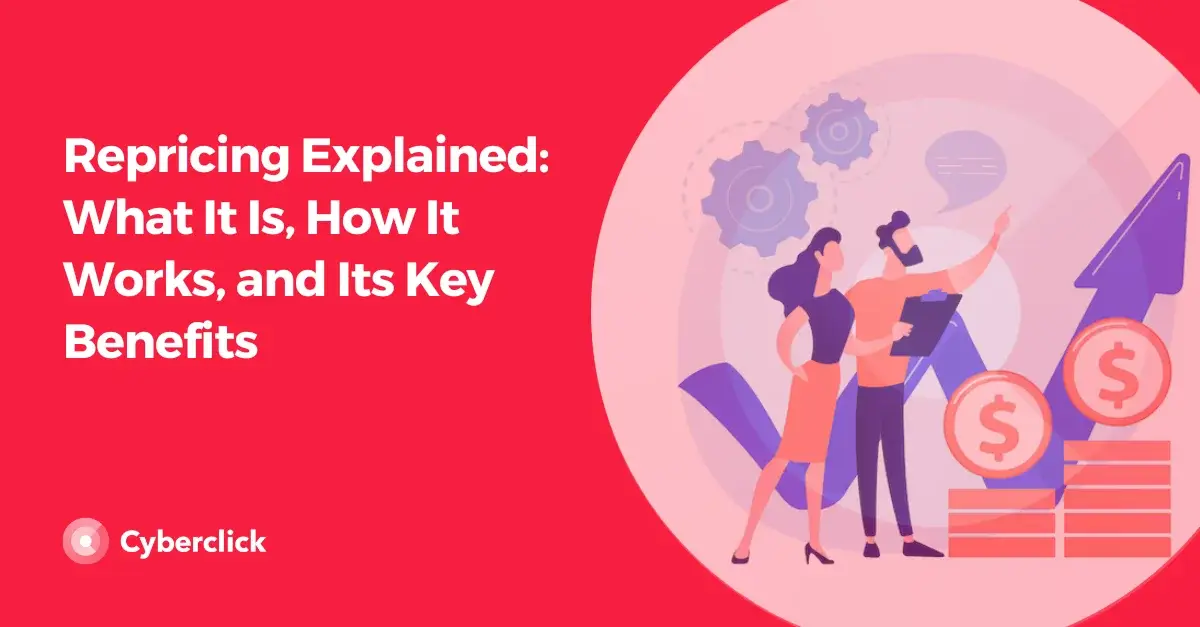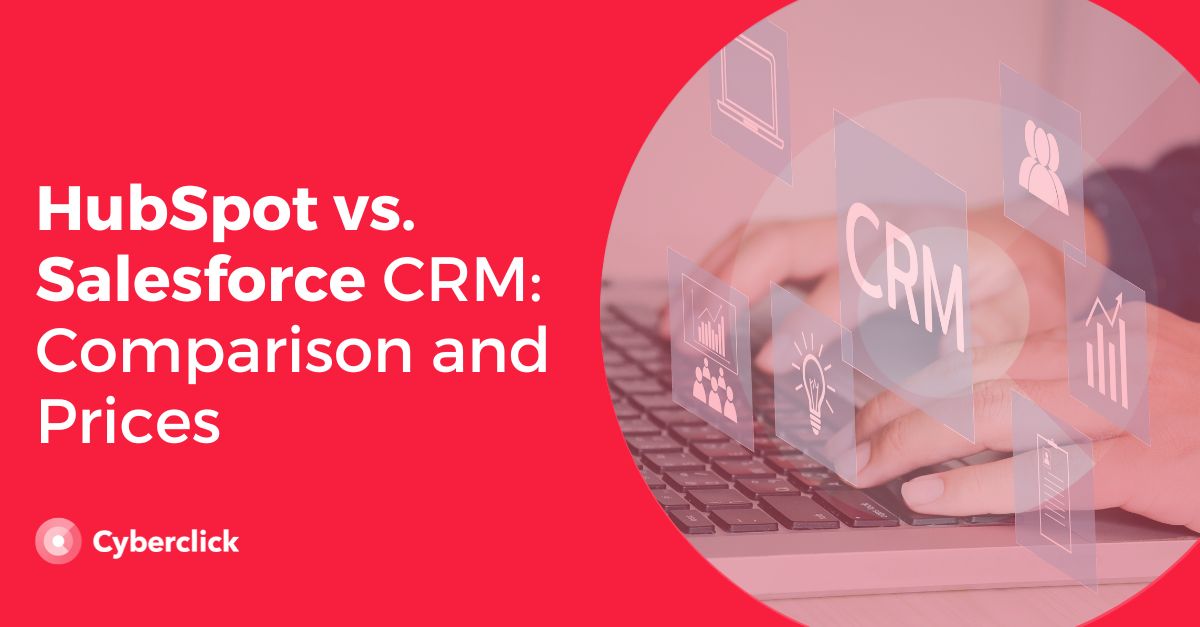Dynamic pricing is a digital marketing strategy that involves setting a flexible price conditioned by various parameters or factors such as supply and demand, seasonality, or price limits.
There are several reasons why employing a dynamic pricing strategy in ecommerce is a good idea. One of them is flexibility since the price adjusts to certain conditions or situations, thereby promoting brand value and commitment. It also provides greater control over prices as they can be modified at any time and in response to any circumstance to adapt to the current situation. Additionally, dynamic pricing allows you to set the price that best suits the moment, thereby maximizing revenue even in less favorable situations.

Another reason why using dynamic pricing is beneficial is that it is a type of sales strategy that does not consume economic resources for the company. Prices are set considering the product's real-time situation, making it very easy to track price fluctuations and adapt to them quickly.
This type of marketing strategy is typically implemented in companies with products or services that have seasonal peaks or varying values within different market segments. It also includes brands offering perishable products or those that can be purchased in volumes or facing high competition.
Different Types of Dynamic Pricing for Your Ecommerce
There are different types of strategies based on dynamic pricing, so depending on the type of product or service being offered, as well as the type of ecommerce, one can opt for one or another.
Segmentation-Based Pricing
With a segmented pricing strategy, the goal is to reach the largest market share possible. This means that it will be necessary to offer different prices to reach customers with different purchasing power without losing sight of the product or service's value. The aim is to reach as many consumers as possible without devaluing what is offered.
Time-Based Pricing
When opting for a time-based pricing strategy, factors such as hours, days, weeks, or months of the year when a product or service sells more or less are considered. It is a common strategy among companies offering products or services with seasonal peaks. When sales increase, prices go up, while when sales decrease, prices drop to make them more attractive or appealing.
Maximum Pricing
In this type of strategy, situations of high demand and times when competitors do not have stock are sought to raise prices and take advantage of consumers' need to purchase the product or service. Specific events or occasions when the target customer is highly inclined to buy can also be leveraged.
Recurrence and Repetition-Based Pricing
It is very common for some platforms to raise or lower the price of a product or service based on the user's interest in it. Tracking the user through cookies provides information about how many times they have viewed the same product, whether they have added it to the cart, requested information about it, etc.
Penetration Pricing
The launch of a new product can also be a good time to implement a dynamic pricing strategy. In this case, a price lower than recommended is set to introduce the product and capture leads.
Although there are several types of strategies, it is advisable to adapt to the changing market situation considering the type of product or service you are offering. This generally means lowering prices when sales decline and raising them when they recover or increase to maintain a balance between losses and profits. However, it must be done in a way that the final result is positive and certain gains are obtained.
Examples of Dynamic Pricing Strategies
Amazon is one of the most popular online selling platforms that applies dynamic pricing strategy.
Several factors influence their prices, such as demand volume, stock, user interest in the product, and the day and time of purchase. Although this variability could negatively affect the platform, Amazon has become one of the most highly rated ecommerce sites by consumers due to its transparency. All users know that prices on Amazon can vary, but they also know that it is easy to determine whether or not it is the best time to buy a particular product thanks to price trackers that provide comparisons based on their history.
Dynamic pricing is also commonly seen in flights, hotels, and everything related to the tourism sector. The price of a flight and a hotel room is influenced not only by the date of travel or accommodation but also by the timing of the purchase. In these cases, a time-based pricing strategy is usually employed, meaning that prices directly depend on how many sales are being made. This is something that consumers understand, which is why price trackers capable of making comparisons based on historical data have become popular. These make it easy to determine whether it is a good time to book or not.
CEO y cofundador de Cyberclick. Cuenta con más de 25 años de experiencia en el mundo online. Es ingeniero y cursó un programa de Entrepreneurship en MIT, Massachusetts Institute of Technology. En 2012 fue nombrado uno de los 20 emprendedores más influyentes en España, menores de 40 años, según la Global Entrepreneurship Week 2012 e IESE. Autor de "La empresa más feliz del mundo" y "Diario de un Millennial".
CEO and co-founder of Cyberclick. David Tomas has more than 25 years of experience in the online world. He is an engineer and completed an Entrepreneurship program at MIT, Massachusetts Institute of Technology. In 2012 he was named one of the 20 most influential entrepreneurs in Spain, under the age of 40, according to Global Entrepreneurship Week 2012 and IESE. Author of "The Happiest Company in the World" and "Diary of a Millennial".






Leave your comment and join the conversation